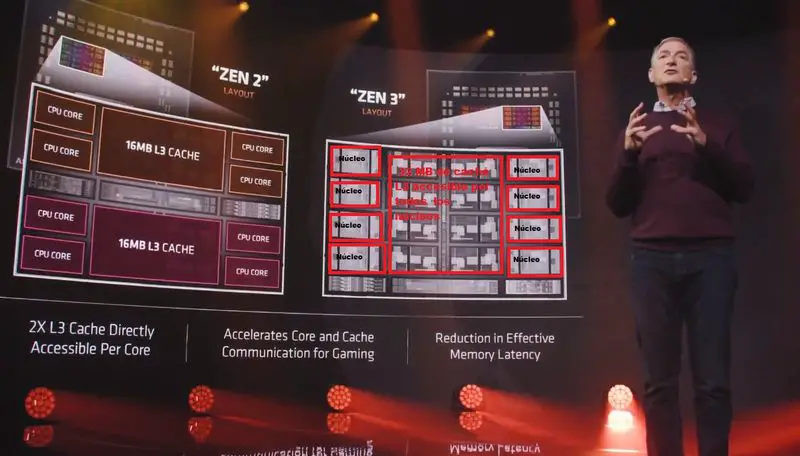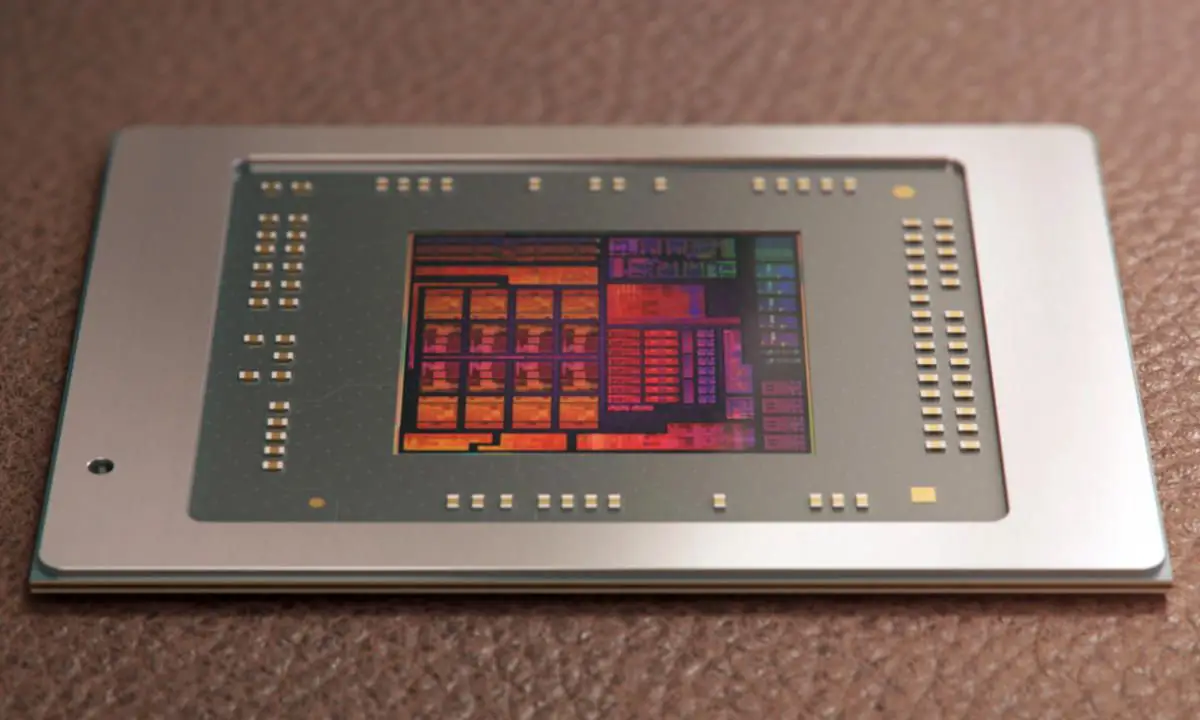With the long-awaited presentation of the AMD Ryzen 5000G APUs, AMD completes its proposal based on its Zen 3 architecture, presented last October, and which has already served to eliminate from the collective imagination a widespread belief that linked the company’s integrated units to inferior performance compared to its main rival, Intel. With the Ryzen 5000, the Santa Clara-based technology company has made a breakthrough, which could now be repeated in the Accelerated Processing Unit segment.
Since AMD introduced the APU concept, these integrated units with processing and graphics cores together with a memory controller provide an excellent solution for users who, for whatever reason, do not want to use a dedicated graphics card, and they value the balance between performance and energy efficiency. As you will see below, the power consumption of the AMD Ryzen 5000G family APUs is one of their strong points.
The top of the range of the Ryzen 5000G series is the Ryzen 7 5700G, whose performance has been leaked, and that at least on paper seems to indicate that the set formed by the ZEN 3 architecture and AMD Radeon Vega 8 GPU technology provide outstanding performance. We can’t aspire to 4K gaming or cryptocurrency mining, but we will be able to enjoy quite a few games, especially if we stay away from the latest batch, and carry out all those tasks that we demand from a budget PC.
These are the APUs that are part of the AMD Ryzen 5000G family

- AMD Ryzen 7 5700G: APU with 8 cores and 16 threads, working frequencies from 3.8 GHz (base) to 4.6 GHz (Max Boost); AMD Radeon GPU and a TPD of 65 watts.
- AMD Ryzen 7 5700GE: APU with 8 cores and 16 threads, operating frequencies from 3.2 GHz (base) to 4.6 GHz (Max Boost); AMD Radeon GPU and a TPD of 35 watts.
- AMD Ryzen 5 5600G: APU with 6 cores and 12 threads, operating frequencies from 3.9 GHz (base) to 4.4 GHz (Max Boost); AMD Radeon GPU and a TPD of 65 watts.
- AMD Ryzen 5 5600GE: APU with 6 cores and 12 threads, operating frequencies from 3.4 GHz (base) to 4.4 GHz (Max Boost); AMD Radeon GPU and a TPD of 65 watts.
- AMD Ryzen 3 5300G: APU with 4 cores and 8 threads, operating frequencies from 4.0 GHz (base) to 4.2 GHz (Max Boost); AMD Radeon GPU and a TPD of 65 watts.
- AMD Ryzen 3 5300GE: APU with 4 cores and 8 threads, operating frequencies from 3.6 GHz (base) to 4.2 GHz (Max Boost); AMD Radeon GPU and a TPD of 35 watts.
Whether for those users who are on a tight budget but need decent performance, or for those who need a PC urgently and don’t know how to deal with the shortage of graphics adapters, systems based on APUs such as those in the AMD Ryzen 5000G family provide a very interesting alternative, and one that it won’t be long before we see in budget PCs.





